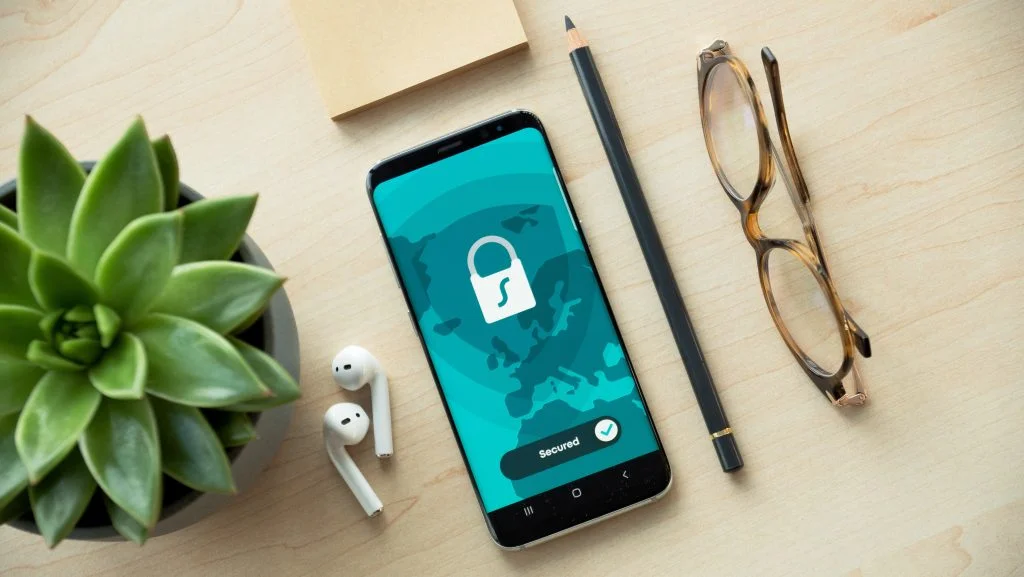The market for mobile applications is expanding, and as the amount of software becomes more plentiful, so does the possibility that some of those programs include smartphone security flaws and vulnerabilities that hackers may exploit.
Smartphone app security should not be seen as an expense but rather as an investment in order to safeguard client and customer data, protect their privacy, and avoid financial loss due to fraud or theft in today’s hostile digital environment.
This article is going to discuss upcoming threats in mobile application security that companies should be aware of in 2023.
The Significance of Application Security in 2023
Individuals and businesses must put a high priority on mobile phone security as more mobile applications are created and deployed every year in order to safeguard themselves against contemporary dangers.
It is important to note that these threats are nothing but real. Many people have suffered so much in so many ways because of these security threats. By 2023, the application security industry is anticipated to reach a value of £5 billion, according to specialists.
This foreshadows the significant efforts that individuals and corporations are expected to make in the creation of secure applications in the years to come.
Another study indicated that 77% of mobile financial apps had at least one significant vulnerability that might result in a data breach, while 82% of Android devices were vulnerable to at least one of the 25 operating system flaws in Android.
Vulnerabilities in mobile applications pose serious risks to the security and digital well-being of both end users and enterprises as the use of mobile and other IoT devices are also increasing at an unprecedented rate.
Top threats to mobile security

The increase in demand for smartphones is also characterized by an increase in smartphone security threats. Cybersecurity is not only critical for corporates but also for private individuals. This explains why individuals are always encouraged to safeguard their security, especially that of their mobile phones.
Mobile phone security threats are known to many. The following are brief descriptions of some of them;
1. Malware

Malicious software, like viruses and worms, is injected into systems and networks with the goal of causing havoc. A lot of people are familiar with such malicious acts. Malware has the ability to infiltrate mobile phones, especially modern smartphones, and computers, steal sensitive data, and block services.
Malware is monitored and stopped before it enters networks and systems using firewalls and antivirus software, but malicious actors always developing new malware to get around existing protections.
This makes it crucial to keep firewalls and security software up to date. Malware defences can also be implemented as hardware, such as Gryphon’s multi-threat Guardian mesh router. Smartphone users must ensure that their gadgets are always protected from these known kinds of malware.
2. Phishing

The software can only do so much in terms of social engineering defence. Most people have seen questionable emails at some point, or even worse, emails that look real and come from a reputable source but are not.
Phishing is the term for this email scam. Because it is simple for unwary workers to click fake emails and spread malware, phishing poses a serious threat to both businesses and individuals. Training individuals and, most importantly employees to spot fake emails, report them, and never open them can be quite beneficial.
To make sure that good email habits are taught, IT should collaborate with HR. For businesses searching for something resembling a turnkey solution, there are various suppliers who offer training and packaged solutions. Tech solutions are also available. It is crucial if even you as a person learn these skills, for your own protection.
3. Ransomware
Malware includes ransomware. It either threatens to publish confidential information or limits access to a system. To unlock systems or restore data, ransomware offenders demand payment in cash from their victims’ businesses.
Ransomware assaults on businesses have increased by 33% so far in 2022 compared to 2021. Many people and businesses have agreed to pay ransom in order to restore their systems, only to experience another ransomware attack from the same hackers.
A very renowned cybersecurity manager issued a warning that malicious actors may conceal themselves within a company’s network and carry out attacks such as exfiltrating valuable data or using malware or spyware. The idea is to minimise the time spent “within” corporate systems.
4. IoT (Internet of Things)
IoT was being used by 61% of businesses in 2020, and this number is only rising. As IoT grows, security risks also increase, especially with the introduction of 5G telecoms, which has become the de facto communication system for connected devices.
IoT vendors are infamous for implementing little to no security on their devices, which poses a vulnerability that may be reduced by conducting a more thorough RFP security screening of IoT vendors up front and by resetting default IoT security settings on devices to comply with corporate standards.
Cryptocurrency worth more than £1 billion has been stolen from smartphone applications alone in the last year. This number is projected to increase further in the coming year. People need to prioritise mobile phone security today more than ever because of this clear and present threat.
Most people want built-in app security features that can identify and stop threats even before they occur. Individuals and organizations can lower risk and customer service expenses by acting proactively now to improve the security of their own mobile apps.
For anything from data theft to denial-of-service attacks, hackers employ mobile apps. Therefore, if a nation’s economy is heavily dependent on smartphones and mobile apps, its political stability may be in jeopardy if there is a software security incident with broad repercussions, such as hacking into medical records or shutting down electricity grids that depend on control networks that are connected via cellular networks to disrupt commerce.
Therefore, as more users become aware of online hazards, application security laws and regulations will also become stricter.
Arthur is a senior member of the communications team who has worked at several well-known companies over the past 10 years. As a writer with many years of experience in the technology sector, focusing on reviewing mobile phones and accessories, he has written about many products or has been hands-on with them at some point



